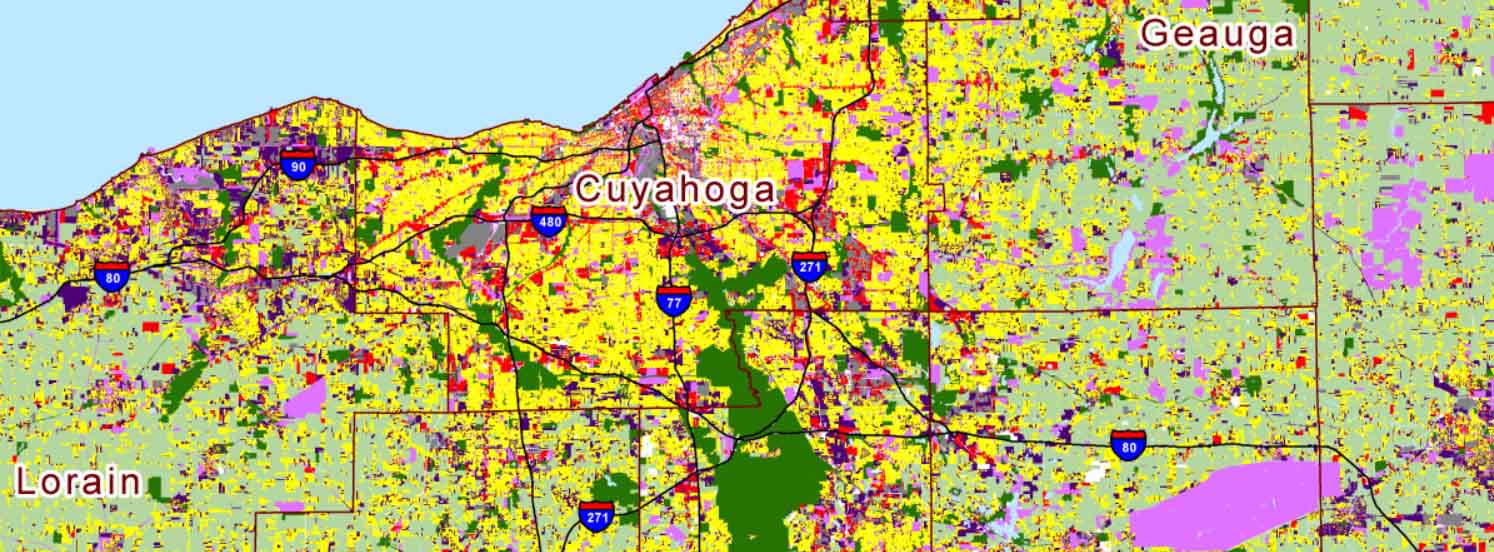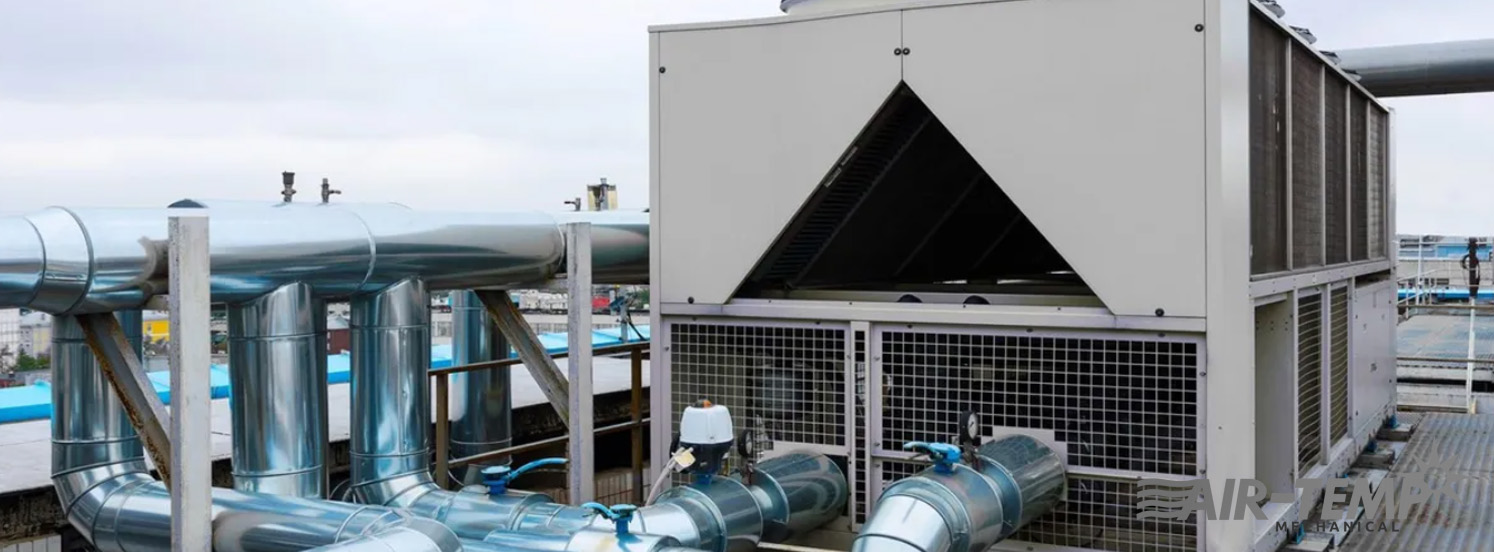Enhancing Commercial Comfort: HVAC Projects in Northeast Ohio
In the heart of the vibrant Midwest, Northeast Ohio boasts a bustling commercial landscape that demands reliable and efficient HVAC systems. Whether it’s a large office building, a retail space, or an industrial facility, businesses in this region understand the importance of optimal indoor air quality and temperature control. In this blog article, we will explore the significance of commercial HVAC projects in Northeast Ohio, highlighting their benefits and key considerations. Let’s dive into how these projects can help businesses succeed in this competitive market.
- The Importance of Commercial HVAC Projects: Maintaining a comfortable indoor environment is essential for businesses in Northeast Ohio. Extreme weather conditions, from sweltering summers to freezing winters, make reliable HVAC systems crucial. Commercial HVAC projects play a vital role in ensuring optimal temperature control, humidity regulation, and clean air circulation. By investing in high-quality systems, businesses can improve employee productivity, customer satisfaction, and overall operational efficiency.
- Energy Efficiency and Cost Savings: With the rising cost of energy and growing environmental concerns, energy efficiency is a top priority for businesses. Upgrading to modern and eco-friendly HVAC systems not only reduces carbon footprint but also helps to lower utility bills. By implementing energy-efficient technologies such as variable refrigerant flow (VRF), smart thermostats, […]
Commercial HVAC in Cleveland Ohio
Cleveland is a city that’s known for its rich history, vibrant culture, and diverse industries. From manufacturing to healthcare, Cleveland has it all. One industry that’s particularly important to the city is commercial HVAC. Commercial HVAC (heating, ventilation, and air conditioning) systems are critical for keeping buildings comfortable, safe, and energy-efficient. In Cleveland, where temperatures can drop below freezing in the winter and soar into the 90s in the summer, HVAC systems are a necessity for businesses and organizations of all kinds.
The Importance of Commercial HVAC in Cleveland
Cleveland’s climate can be harsh and unpredictable. Winters are cold and snowy, while summers are hot and humid. This means that commercial HVAC systems must be able to handle a wide range of temperatures and weather conditions. In addition to keeping employees and customers comfortable, commercial HVAC systems also play a critical role in maintaining indoor air quality. In a city like Cleveland, where air pollution can be a problem, having a reliable HVAC system is essential for creating a healthy and safe indoor environment.
Commercial HVAC Systems in Cleveland
In Cleveland, there are many different types of commercial HVAC systems available. Some of the most common include:
- Rooftop HVAC systems: These systems are located on the roof of a […]
The Insiders List: How to Choose your Commercial HVAC Contractor.
As a commercial business owner or manager, ensuring that your heating, ventilation, and air conditioning (HVAC) system is functioning efficiently and effectively is crucial for the comfort and safety of your employees and customers. However, with so many options available, choosing the right commercial HVAC system can be a daunting task. One key aspect of this decision is understanding the top concerns that commercial HVAC buyers typically have. These concerns include energy efficiency, reliability and durability, maintenance and service, indoor air quality, noise level, cost, and zoning and control. In this article, we will explore each of these concerns in greater detail to help you make an informed decision when choosing a commercial HVAC system.
As a commercial HVAC (Heating, Ventilation, and Air Conditioning) buyer, some top concerns might include:
- Energy efficiency: Energy efficiency is a critical concern for commercial HVAC buyers as it affects operational costs. Energy-efficient systems can reduce energy consumption, thereby reducing electricity bills.
- Reliability and durability: Buyers need to ensure that the HVAC system they purchase is reliable and durable to minimize the frequency of breakdowns and repairs. A system with a long lifespan can also reduce costs in the long run.
- Maintenance and service: Commercial HVAC systems require regular maintenance and […]




